Table of Contents
Introduction
Anantamul (Hemidesmus indicus) means ‘the eternal root’.1 Anantamul is a traditional herb belonging to the family Apocynaceae. It is used all around the Indian subcontinent because of the biological activities attributed to its different parts.2
In English, it is known as Indian sarsaparilla. It is called Anantamul in Hindi, Ushba Hindi in Urdu, Ushbahindi in Persian and Sariva in Sanskrit. It is a traditional folk medicine used as an ingredient in Ayurvedic and Unani preparations.3 The roots and rhizomes of Anantamul have been used in Ayurvedic medicine for hundreds of years.1 All the parts of Anantmool have been used as crude drugs, but the root extract is used due to its wide range of biological, medicinal and phytopharmaceutical characteristics.1
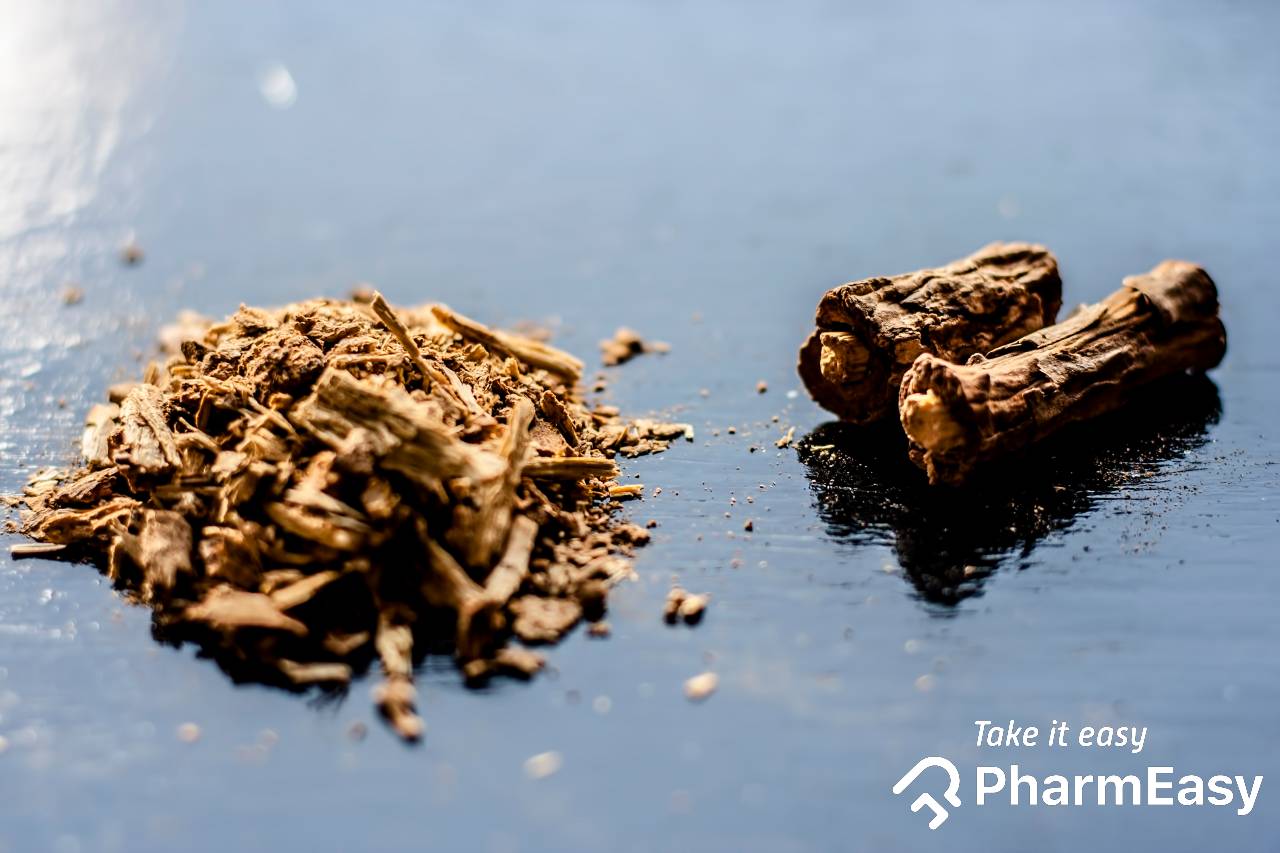
Did you know?
- Anantamul has been used to support joint health and relieve joint pain and inflammation. [source: nutrition.gov]
- Anantamul has been used to support female reproductive health and regulate menstrual cycles. [source: nutrition.gov]
- Anantamul has been used to support male reproductive health and improve fertility. [source: nutrition.gov]
- Anantamul is rich in minerals such as iron, calcium, and potassium. [source: nutrition.gov]
- Anantamul has been used to treat various health conditions, including skin disorders and digestive issues. [source: nutrition.gov]
Nutritional Value of Anantamul
All the parts of Anantamul contain different phytochemicals (plant chemicals)4. These phytochemicals are listed below.
| Plant part | Phytochemical |
| Root | Fatty acids, tannins, saponins, sterols, β-sitosterol and stigmasterol |
| Stem | Glycosides, emdine and hemidescine |
| Leaves | Hyperoside, rutin, tanins, saponins, hemidesmine and hemidesminine |
| Flowers | Hyperoside, rutin and isoquercitin |
Over the years, I have observed that Anantmul shows potential anti-leprotic properties. It may help in combating leprosy, a chronic infectious disease caused by the bacteria Mycobacterium leprae. It is believed that Anantmul’s bioactive compounds may inhibit the growth or activity of the leprosy-causing bacteria, contributing to its anti-leprotic effects.
Dr. Rajeev Singh, BAMS
Therapeutic Uses of Anantamul
The therapeutic uses of Anantamul are as follows:
- Traditional uses of Anantamul include treating digestive problems, diarrhoea, blood disorders, cough, fever, anorexia, asthma, itching and skin diseases like leprosy.3
- In Ayurveda, the plant is used in the treatment of bone loss, stress, topical wound, low body weight, fever, and psoriasis.2
- The pharmacological uses of Anantamul are
- Hepatoprotective
- Antidiabetic
- Cardioprotective
- Antioxidant
- Anti-inflammatory
- Antimicrobial
- Anti-ulcerogenic
- Neuroprotective
- Nephroprotective2
- Diuretic
- Anti-arthritic
- Antidiarroheal
- Antihyperlipidemic
- Antivenom5
Did you know that Anantmul, belonging to the Periplocaceae family, has been used as a folk medicine for centuries? It has been recognized as an important medicinal ingredient since ancient Ayurveda and continues to be valued for its therapeutic properties even in the 20th century.
Dr. Siddharth Gupta, MD
Benefits of Anantamul
Various preclinical and animal trials have shown potential health benefits of Anantamul extracts, mainly the root extracts.
Benefits of Anantamul as an antibacterial agent
- The root extract of Anantamul has antibacterial activity against the bacteria Escherichia coli.
- The extract has the potential to be used in clinics to treat infections.6
Benefits of Anantamul as a cardioprotective agent
- Anantamul root extract could show cardioprotective (anti-arrhythmic) activity as per an animal study.
- Flavonoids, tannins and saponins found in the root are likely to cause this cardioprotective activity.
- Further studies are needed to explore the in vivo activity of the plant.3
- Anantamul root extract could also decrease serum cholesterol levels.5
Benefits of Anantamul as a hepatoprotective agent
- From an animal trial, it was found that root extract of Anantamul may show hepatoprotective benefits.7
- The free radical scavenging property of Anantamul protects the liver from free radical-mediated oxidative stress.
- Anantamul may also show promising results as a hepatoprotective in people who consume alcohol.5
Benefits of Anantamul in managing blood glucose
Oral administration of the root extract of Anantmool benefits in controlling the blood sugar level and restoring the glucose metabolizing enzyme.8
Also Read: 10 Herbs for High Blood Pressure
Anticancer benefits
- Anantamul has shown anticancer effects in human cell lines.
- The cancer-preventive effects are linked to the root’s chemical constituents, namely flavonoids, coumarins, tannins, phenols, terpenoids, and saponins.5
Benefits of Anantamul in wound healing
- The root extract of Anantamul promotes wound healing by increasing cellular proliferation and promoting the formation of tissues.
- The anti-inflammatory and free radicle scavenging properties of Anantamul aid in wound healing activity.9
Benefits of Anantamul in skin diseases
- According to animal studies, Anantamul may have wound healing and anti-leprotic activity.
- The affinity of Anantamul for blood (raktdhatu) may clear acne and inflammation on the skin.
- A polyherbal ayurvedic formulation containing Anantamul as its main ingredient has been used for treating skin diseases.5
Also Read: Ashokarishta – Uses, Benefits, Side Effects & Precautions
How to Use Anantamul?
Anantamul can be used in the following ways:
Oral use
The dried root is used in medicinal preparations. The dried roots can be made into a decoction and taken as tea.5
Topical use
It can be used externally as a paste or a cream. It can also be combined with manjishtha, neem, guduchi, kola, sandalwood, gotu and liquorice for treating skin inflammation.5
Your Ayurvedic physician will prescribe you the form and dosage as per your health condition.
Side Effects of Anantamul
Excessive use of Anantamul is associated with intestinal discomfort. It is not recommended for long-term use. There is not much data regarding the safety and efficacy of Anantamul in human beings.5
Precautions to Take With Anantamul
Anantamul is not fully evaluated for efficacy and safety in human beings.5 No data is available regarding its safety in pregnant and lactating women. Hence, use its products only after consulting a registered medical practitioner.
Also Read: Pink Himalayan Salt – Uses, Benefits, Side Effects & Precautions
Frequently Asked Questions
The roots and rhizomes of Anantamul have been used in ayurvedic medicine for hundreds of years.1
Anantamul is beneficial in heart conditions, liver damage, skin and wound healing. It also has anticancer, antibacterial and anti-diabetic benefits.5
Roots and rhizomes of Anantamul have been used in medicinal preparations.1 Every part of Anantamul has been used as a crude drug, but the root extract is used for a wide range of biological, therapeutic and phytopharmaceutical activities.1
Various medicinal preparations of Anantamul are available, so it’s safe to consume. The dried roots can be made into a decoction and taken as a tea.5
Due to the lack of data in the literature related to its safety and efficacy, it is not recommended in pregnant or lactating women.5
Anantamul is used for treating digestive problems, diarrhoea, asthma, blood disorders, fever, cough, anorexia, itching and skin diseases like leprosy.3
Also Read: Shikakai – Uses, Benefits, Side Effects & Precautions
References
1. Thakur S, Kaurav H, Chaudhary G. HEMIDESMUS INDICUS (ANANTMOOL): A POTENTIAL TRADITIONAL PLANT WITH ANTIVENOM ACTIVITY. International Journal of Research in Ayurveda and Pharmacy. 2021 Jul 6;12(3):106–12.
2. Nandy S, Mukherjee A, Pandey DK, Ray P, Dey A. Indian Sarsaparilla (Hemidesmus indicus): Recent progress in research on ethnobotany, phytochemistry and pharmacology. Journal of Ethnopharmacology. 2020 May 23;254:112609.
3. Ravingerová T, Khandelwal VKM, Balaraman R, Pancza D. Hemidesmus indicus and hibiscus rosa-sinensis affect ischemia reperfusion injury in isolated rat hearts. Evidence-based Complementary and Alternative Medicine. 2011;2011.
4. Ganguly S. Herbal Antioxidant Agents and its Pharmacological and Medicinal Properties. 2017.
5. (PDF) Anantamul (Hemidesmus indicus): A Review of Biomedical Studies and U.S. Products [Internet]. [cited 2022 Feb 7]. Available from: https://www.researchgate.net/publication/267624979_Anantamul_Hemidesmus_indicus_A_Review_of_Biomedical_Studies_and_US_Products
6. Saritha K, Rajesh A, Manjulatha K, Setty OH, Yenugu S. Mechanism of antibacterial action of the alcoholic extracts of Hemidesmus indicus (L.) R. Br. ex Schult, Leucas aspera (Wild.), Plumbago zeylanica L., and Tridax procumbens (L.) R. Br. ex Schult. Frontiers in Microbiology. 2015;6(JUN):577.
7. Hepatoprotective activity of Hemidesmus indicus R. Br. in rats | Request PDF [Internet]. [cited 2022 Feb 7]. Available from: https://www.researchgate.net/publication/7072627_Hepatoprotective_activity_of_Hemidesmus_indicus_R_Br_in_rats
8. Gayathri M, Kannabiran K. Hypoglycemic activity of Hemidesmus indicus R. Br. on streptozotocin-induced diabetic rats. International Journal of Diabetes in Developing Countries [Internet]. 2008 Jan 1 [cited 2022 Feb 7];28(1):6. Available from: /pmc/articles/PMC2772005/
9. Ganesan S, Parasuraman S, Maheswaran SU, Gnanasekar N. Wound healing activity of Hemidesmus indicus formulation. Journal of Pharmacology & Pharmacotherapeutics [Internet]. 2012 Jan [cited 2022 Feb 7];3(1):66. Available from: /pmc/articles/PMC3284044/
Also Read: Munakka – Benefits, Side Effects & Precautions
Disclaimer:
The information provided here is for educational/awareness purposes only and is not intended to be a substitute for medical treatment by a healthcare professional and should not be relied upon to diagnose or treat any medical condition. The reader should consult a registered medical practitioner to determine the appropriateness of the information and before consuming any medication. PharmEasy does not provide any guarantee or warranty (express or implied) regarding the accuracy, adequacy, completeness, legality, reliability or usefulness of the information; and disclaims any liability arising thereof.
Links and product recommendations in the information provided here are advertisements of third-party products available on the website. PharmEasy does not make any representation on the accuracy or suitability of such products/services. Advertisements do not influence the editorial decisions or content. The information in this blog is subject to change without notice. The authors and administrators reserve the right to modify, add, or remove content without notification. It is your responsibility to review this disclaimer regularly for any changes.



 By
By 
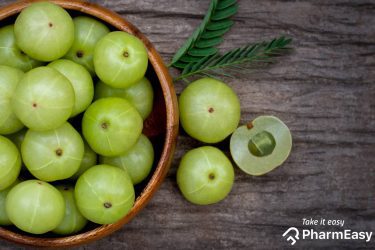
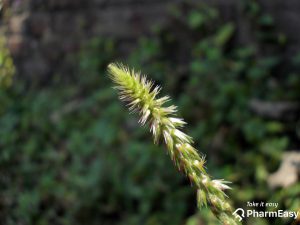
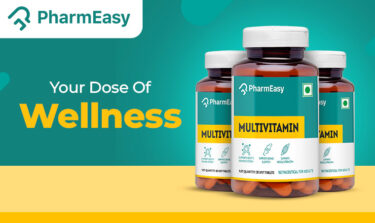




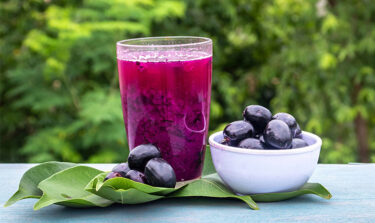




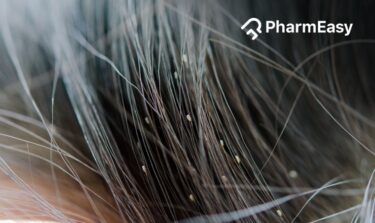

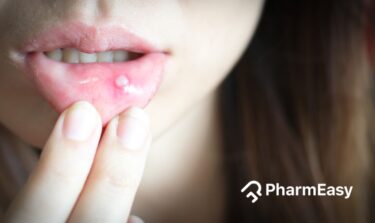
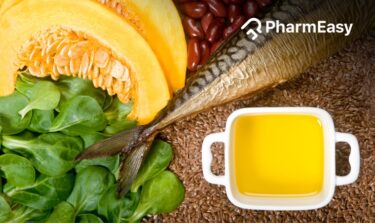


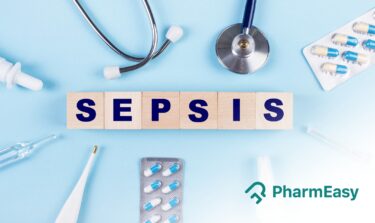

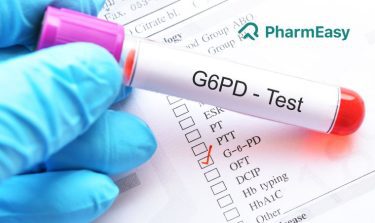
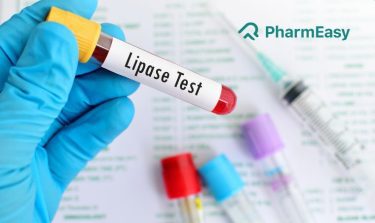


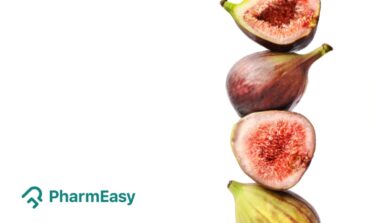
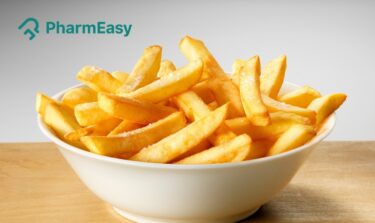
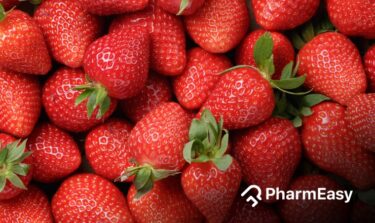
Comments